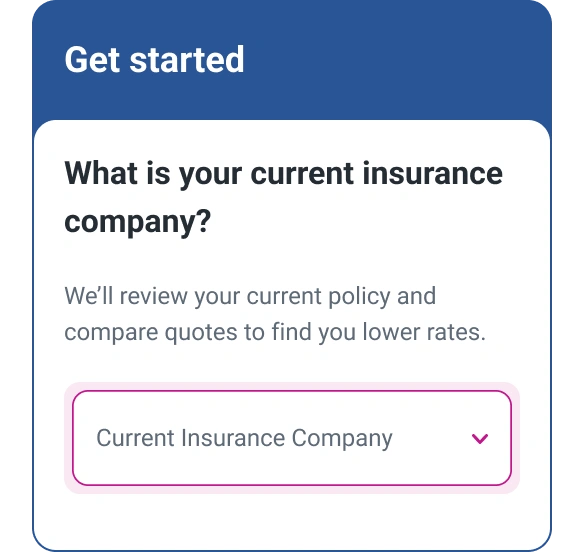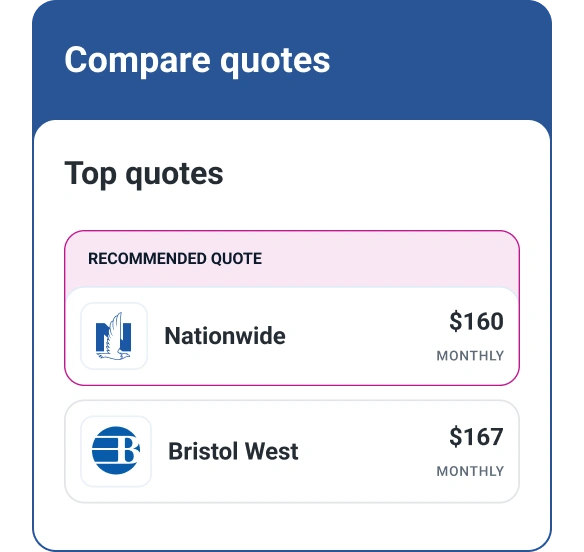10 Ways to Reduce Your Car Expenses Now
Quick Answer
You can reduce your car expenses by lowering your car insurance, switching to a different insurance provider, paying off your vehicle or employing other money-saving tactics.

For most Americans, transportation is a major monthly expense. Transportation is the second-highest monthly expenditure for the average American household, according to the U.S. Department of Transportation Statistics. In 2022, households spent 16.9% of their household budgets on transportation, second only to housing costs (33.3%).
While there's not much we can do to stop the rising price of vehicles or the fuel that powers them, we can take steps to cut our overall costs. Here are 10 ways to reduce your car expenses:
1. Lower Your Auto Insurance
Lowering your insurance rate is an easy way to cut your monthly auto expenses, but it may require some research. Start by checking with your auto insurance provider to see if they offer any money-saving options, such as:
- Bundling your coverage. Many auto insurance carriers offer discounts when you bundle your auto and homeowners or renters insurance policies with them.
- Increasing your deductible. Consider how much you could reasonably pay upfront if you suddenly needed to file a claim. If you can manage a $1,000 or $1,500 deductible, you may save a substantial sum on your premiums.
- Taking a defensive driving course. Insurance companies often offer reductions to drivers who have taken approved defensive driving classes. Your insurer should be able to provide you with a list of approved courses, some of which can be completed entirely online.
2. Pay Off or Refinance Your Auto Loan
One of the best ways to reduce your car expenses is to pay off your car loan and eliminate that payment from your monthly budget. If you can financially swing it, consider putting extra money towards your balance every month on top of your usual car payment.
However, if your monthly budget is too tight to make a higher car payment, you might take a look at refinancing your auto loan, especially if you have a high interest rate. Shop and compare rates at different banks, credit unions and online lenders. Snagging a lower interest rate may lower your monthly costs so you can apply extra money toward your loan principal.
3. Keep up With Routine Maintenance
You can extend your car's life by keeping up with your scheduled maintenance, like changing your oil, rotating your tires and checking your brake pads. Performing routine maintenance before the check engine light comes on can help you avoid a major issue that requires expensive repairs.
Regular diagnostic tests can catch maintenance issues early on, helping you avoid expensive emergency fixes. Ideally, you can perform the maintenance tasks yourself—or learn to do them—to save money. If a mechanic recommends a costly fix, such as changing your brake pads and rotors, call around and get price quotes from other reputable mechanics in your area to find the best price.
4. Maximize Fuel Efficiency
After your car payment, your next-highest vehicle expense is likely to be fuel. According to the Department of Energy, a car that gets 30 MPG costs $868 less per year to fuel than a similar car that gets 20 MPG. In this example, the vehicle getting 30 MPG saves its owner $4,338 over five years. If your car is larger than you need, you might save money by switching to an economy car that requires less fuel and maintenance.
5. Drive Less
Consider reviewing your driving habits to see if you're making more trips—and consequently buying more gas—than you need to. A study by the Office of Energy Efficiency & Renewable Energy reveals that 59.4% of all one-way household trips using a vehicle are less than six miles, and 75% of all trips are 10 miles or less.
Evaluate your schedule and driving routine to see if you can group trips and drive less. Look for ways to cut the number of miles you drive. For example, can you walk or bike to nearby destinations? Can you carpool to work?
Since most insurance companies charge higher rates for high-volume drivers, you may save on your insurance premiums if your carrier puts you in a low-mileage tier—typically driving 7,500 miles or less annually. According to the insurance comparison site, The Zebra, high-mileage drivers pay roughly 38% more for auto insurance than low-mileage drivers.
6. Avoid Aggressive Driving and Don't Speed
Driving aggressively can add wear and tear to your car at a faster clip. But not only can safe driving help to prevent a crash, it can help you cut back on your gas consumption. Rapid acceleration and sustained driving at high speeds uses more gas, which means you'll have to fill up more often. Driving faster also requires you to brake harder at stop lights, which wears down your brake pads faster.
Speeding can also result in a ticket ranging from $100 to several hundred dollars, depending on your state and other factors. On top of that, your insurance premiums could rise by an average of 23.2%, or $341, according to data from The Zebra.
7. Switch Insurance Providers
If you've maintained a good driving record, it may be time to shop for a more affordable auto insurance policy. Your improved driving record, reduced driving frequency and other factors may qualify you for lower rates.
Call around and compare quotes from auto insurance companies at least once per year. The Insurance Information Institute recommends getting quotes from at least three car insurers to compare rates, coverage and policy options. Consider using Experian's auto insurance comparison tool as a way to simplify the process. Rather than filling out forms on several different sites, you can submit one form and view rates and policies from multiple companies in one place.
8. Learn to Do Small Maintenance on Your Own
Since maintaining your vehicle can get expensive, learning how to make minor fixes yourself can go a long way toward keeping those costs down and extending the life of your car. The good news is, a lot of maintenance tasks are easier than you think. For example, most car owners can add the correct amount of air to their tires, change wiper blades and fluids as well as change fuses, headlights and spark plugs.
Your manual may explain how to perform many basic maintenance tasks on your vehicle, like changing the oil and rotating the tires. Always follow proper safety precautions and consult a professional if you're unsure of a procedure or how to perform it.
9. Consider Switching to an EV or Hybrid Car
Electric vehicles and hybrids may help you save on fuel and maintenance costs. These vehicles generally are less costly to maintain than their traditional counterparts. For example, electric vehicles don't require gas fill-ups or oil changes, eliminating two regular expenses you'd otherwise pay with a gas-powered vehicle.
According to AAA, electric vehicle maintenance could run you about $949 annually, compared to $1,279 for gas vehicle maintenance. The insurer also estimates the average cost of electricity needed to drive 15,000 miles per year at around $546, while you'd have to pay roughly $1,255 for gasoline to cover the same distance.
However, the price tag on EVs and hybrid cars is typically higher than for conventional vehicles. Given the potentially higher purchase price, it's essential to run the numbers beforehand to ensure purchasing an EV or hybrid would save you money over time.
10. Budget for Emergency Repairs
When your car suddenly breaks down, it can strain your budget. To avoid this dilemma, plan ahead and budget for emergency car repairs. For example, you might set aside $50 to $100 each month in a sinking fund to prepare for financial emergencies. Then, if your car leaves you stranded on the side of the road, you can use your funds to pay for the repairs rather than dipping into your emergency fund or charging it to your credit cards, which can lead to extra interest costs.
Higher Credit Scores Could Lower Your Car Expenses
If you want to refinance your auto loan or get lower premiums on your car insurance, improving your credit could make sense. Generally, lenders reserve their lowest interest rates for borrowers with higher credit scores. Insurers in many states refer to credit-based insurance scores to help set their rates, so maintaining good credit could help you save on premiums. Start by getting your credit report and credit score for free from Experian to see where your credit stands. Then, take steps to improve your credit to potentially save on financing and insurance.
Don’t overpay for auto insurance
If you’re looking for ways to cut back on monthly costs, it could be a good idea to see if you can save on your auto insurance.
Find savingsAbout the author
Tim Maxwell is a former television news journalist turned personal finance writer and credit card expert with over two decades of media experience. His work has been published in Bankrate, Fox Business, Washington Post, USA Today, The Balance, MarketWatch and others. He is also the founder of the personal finance website Incomist.
Read more from Tim

